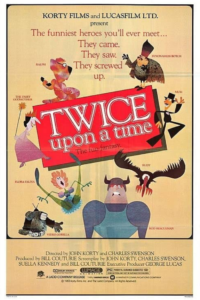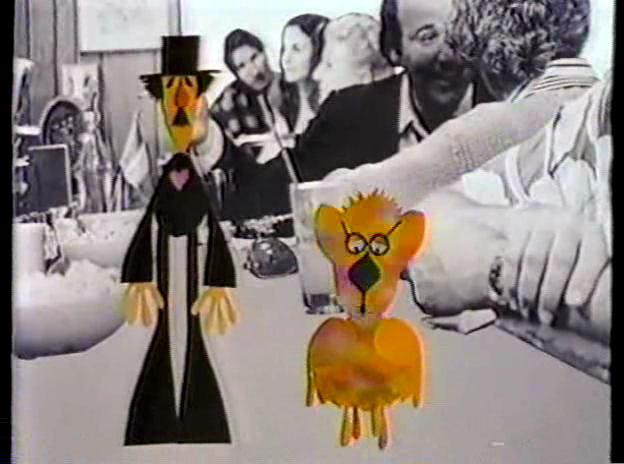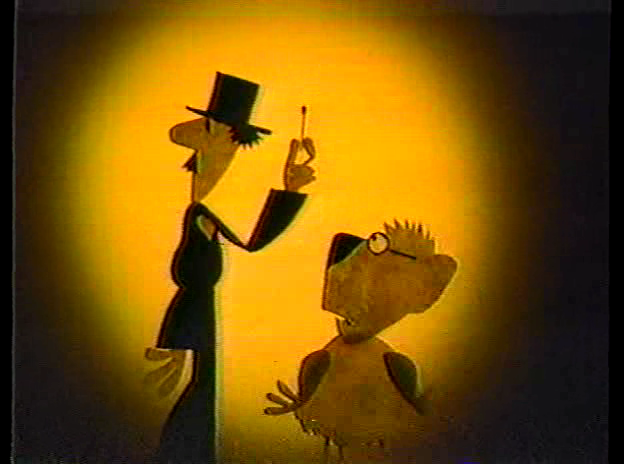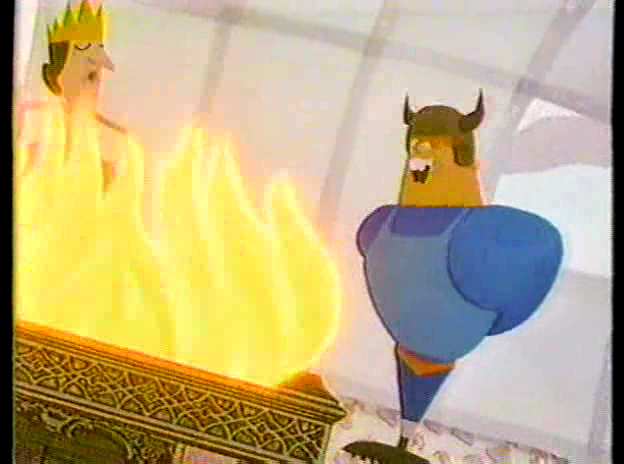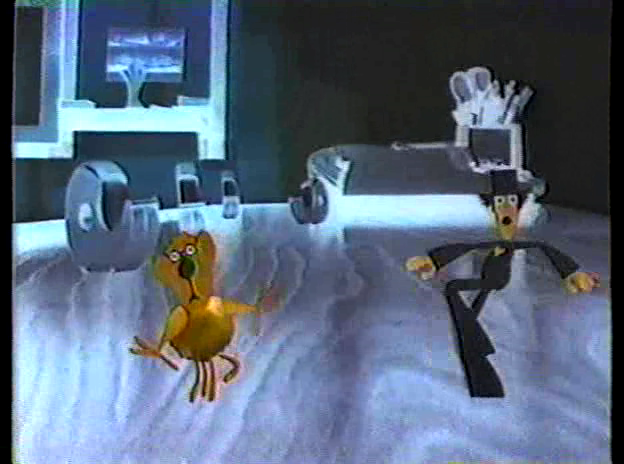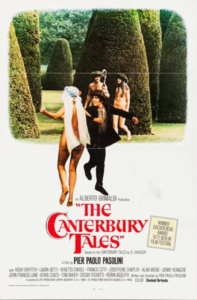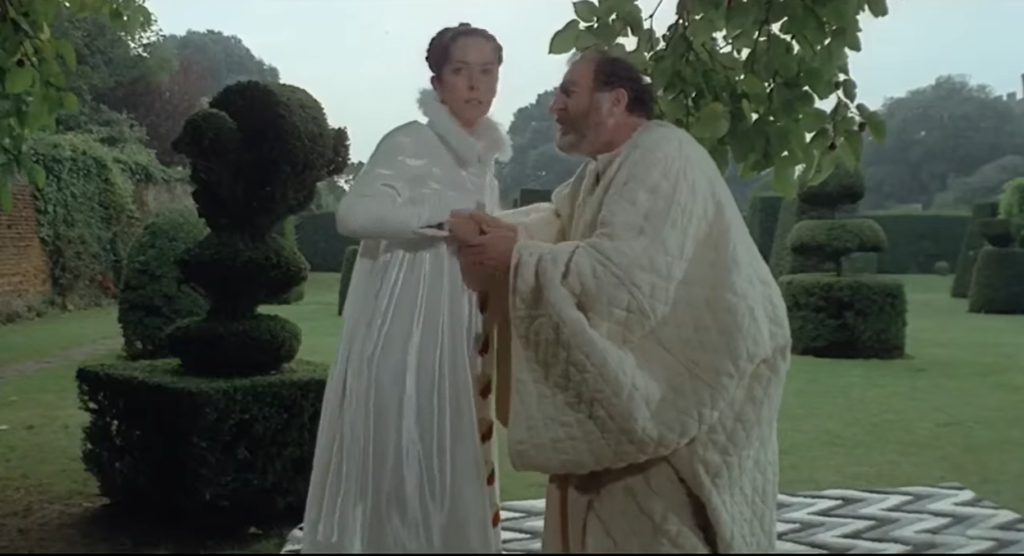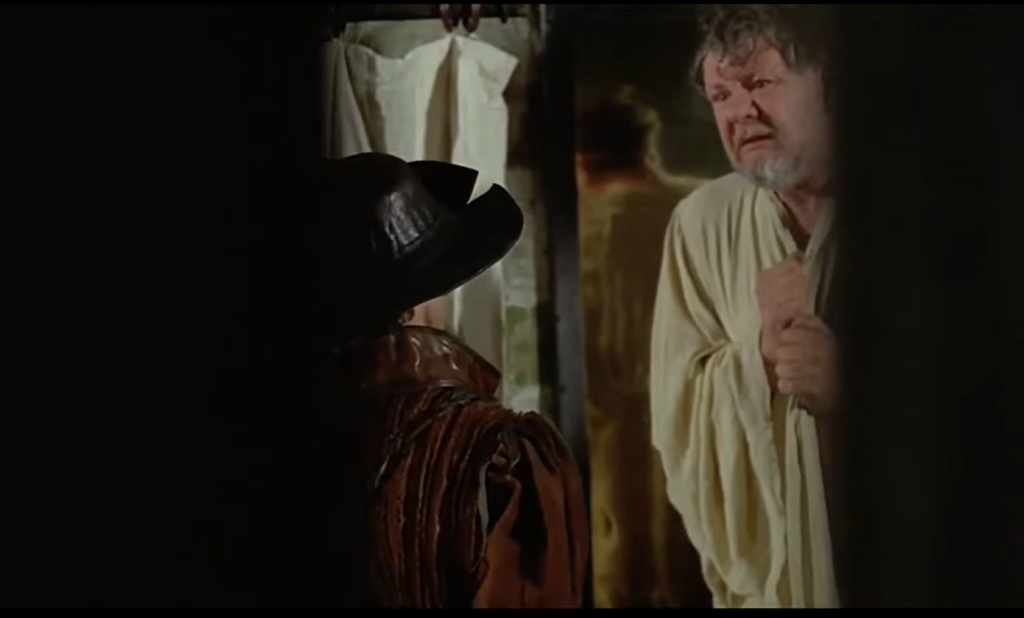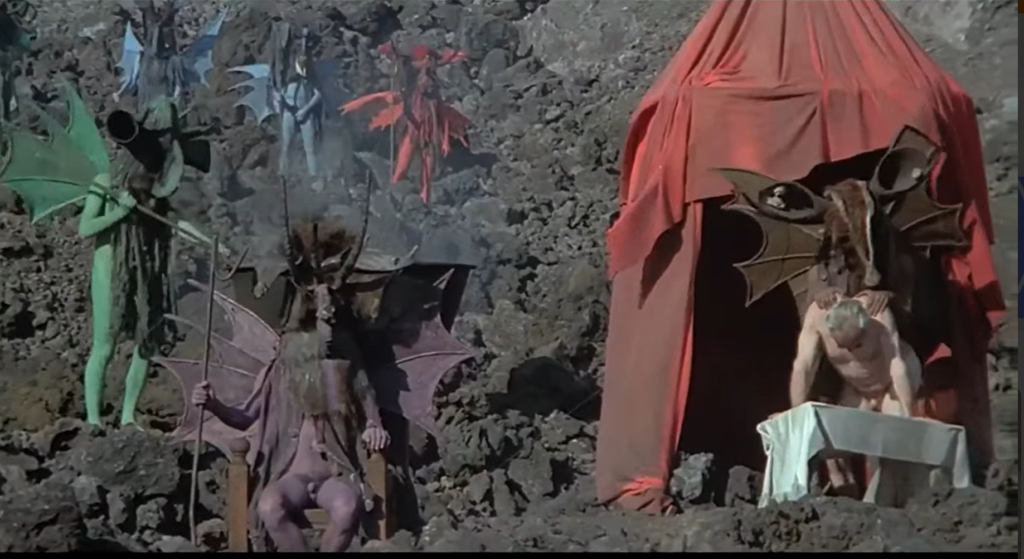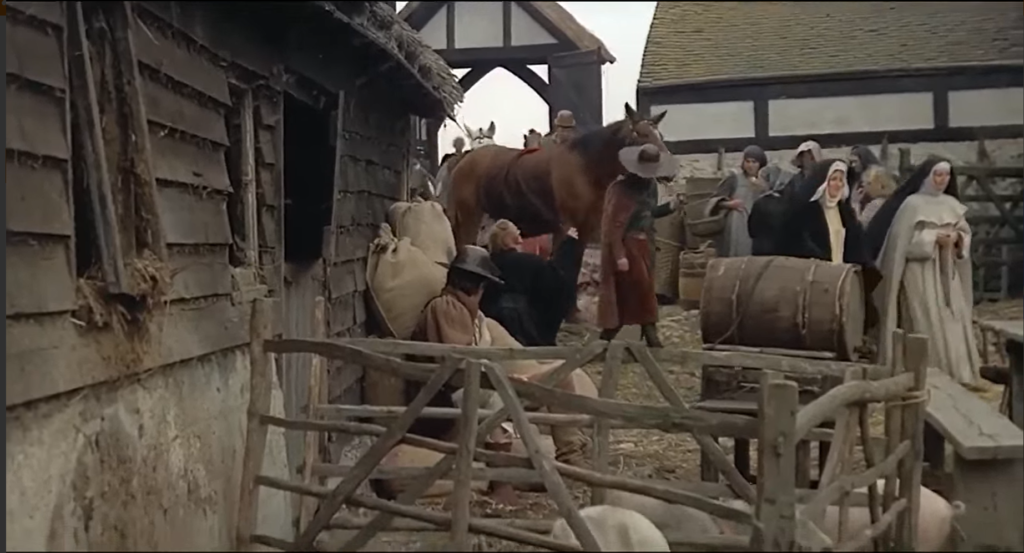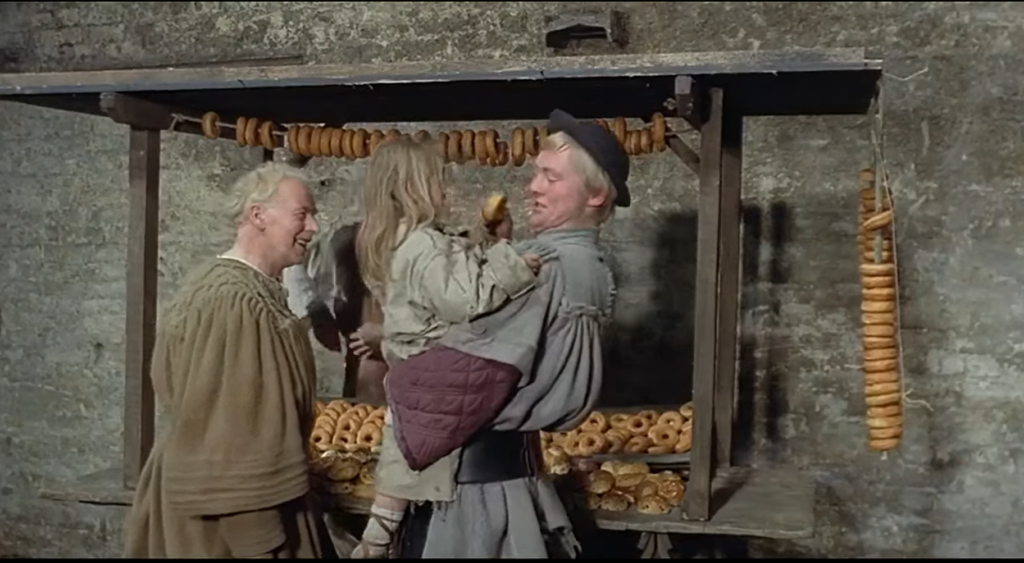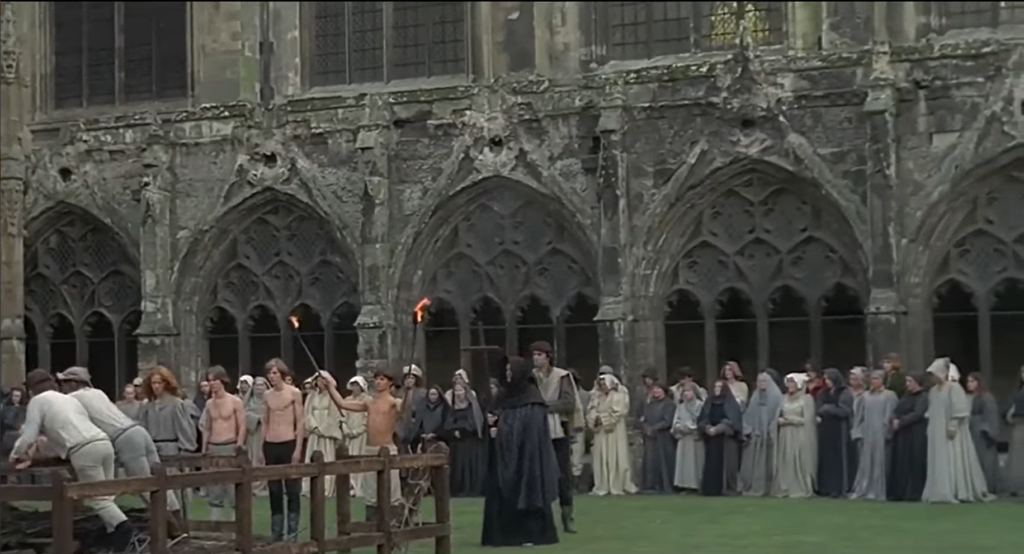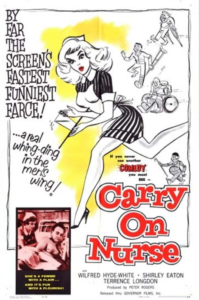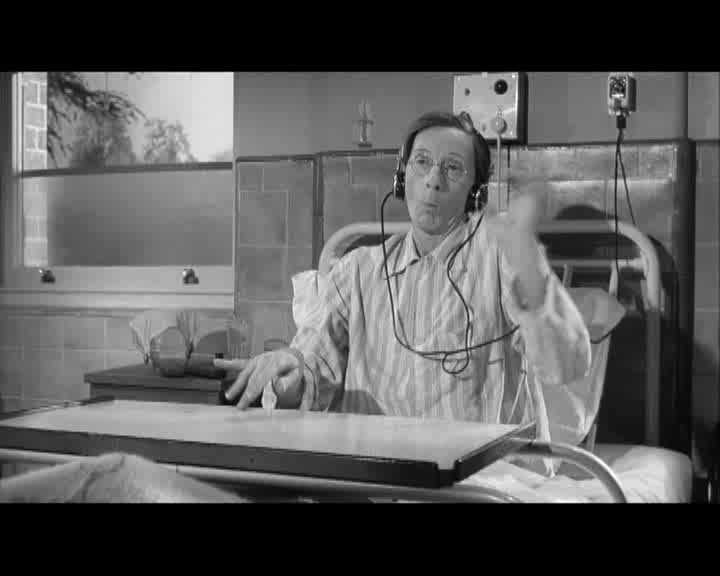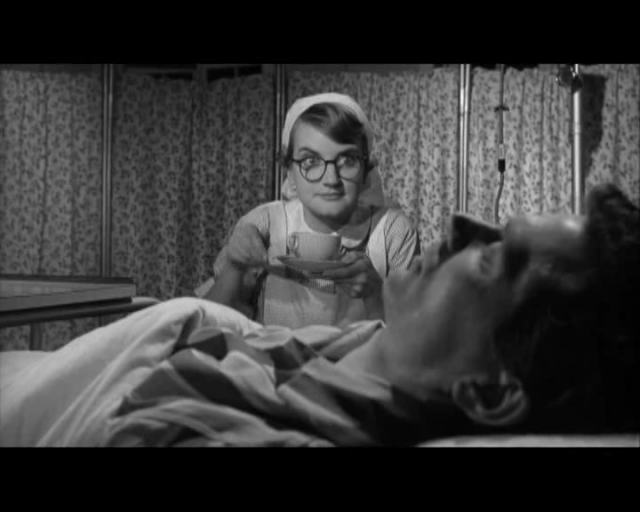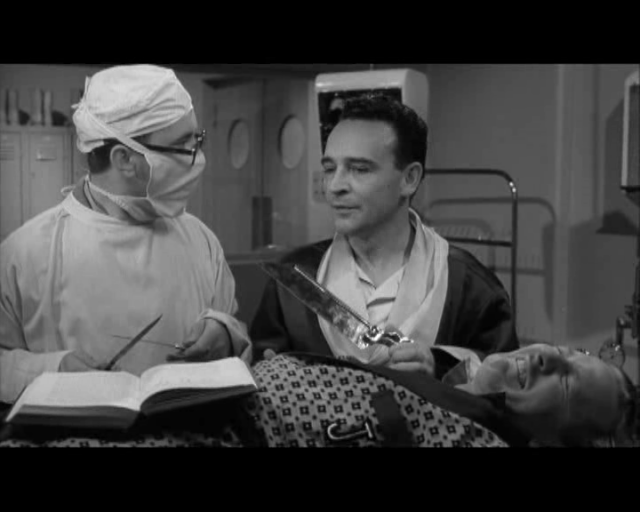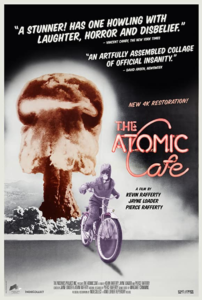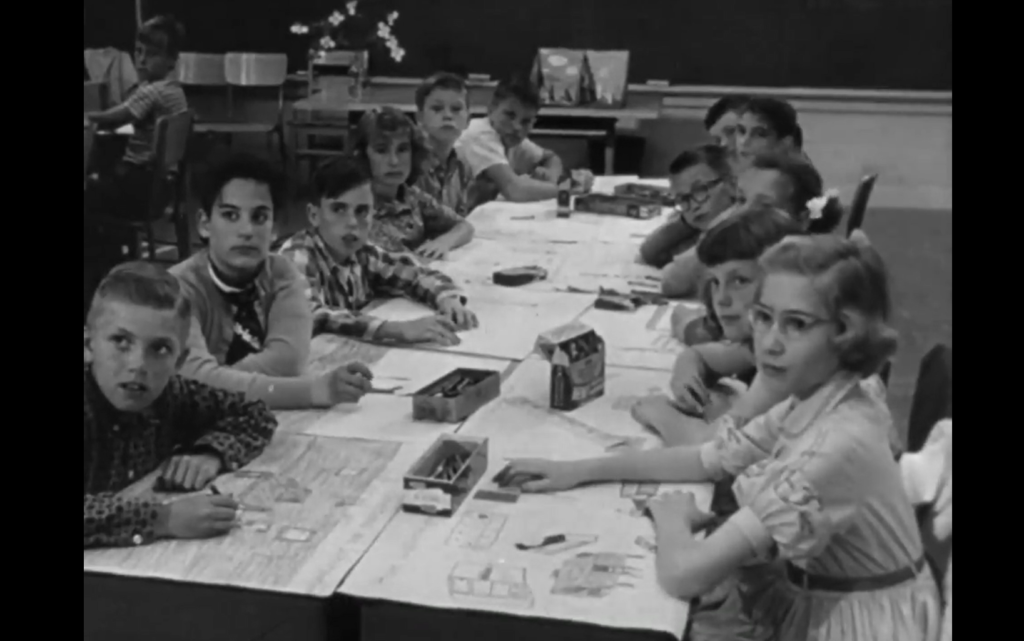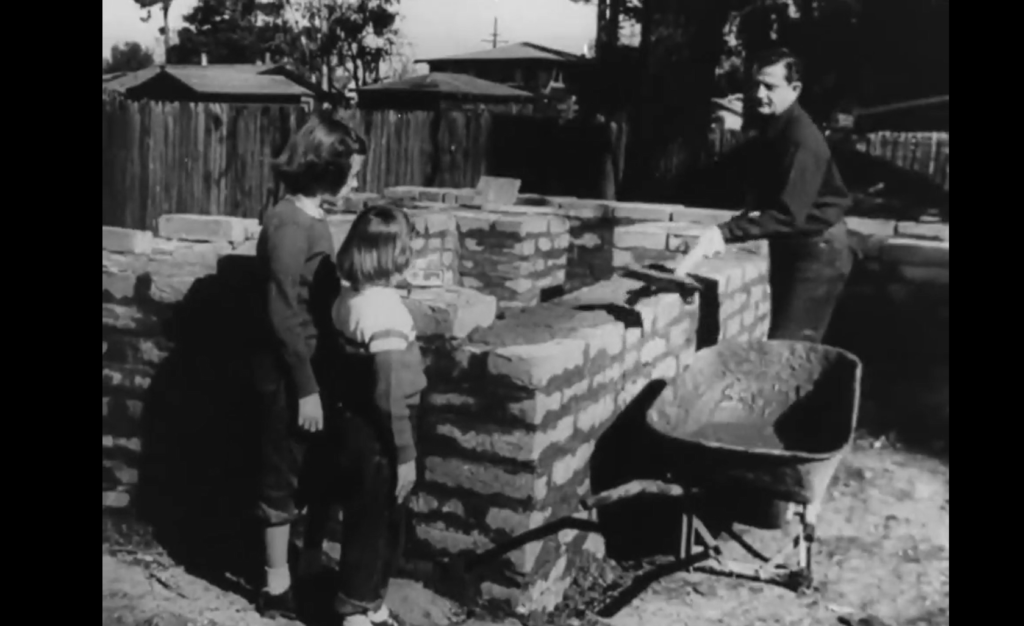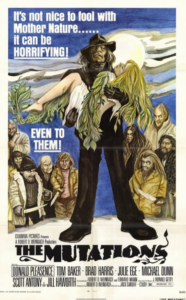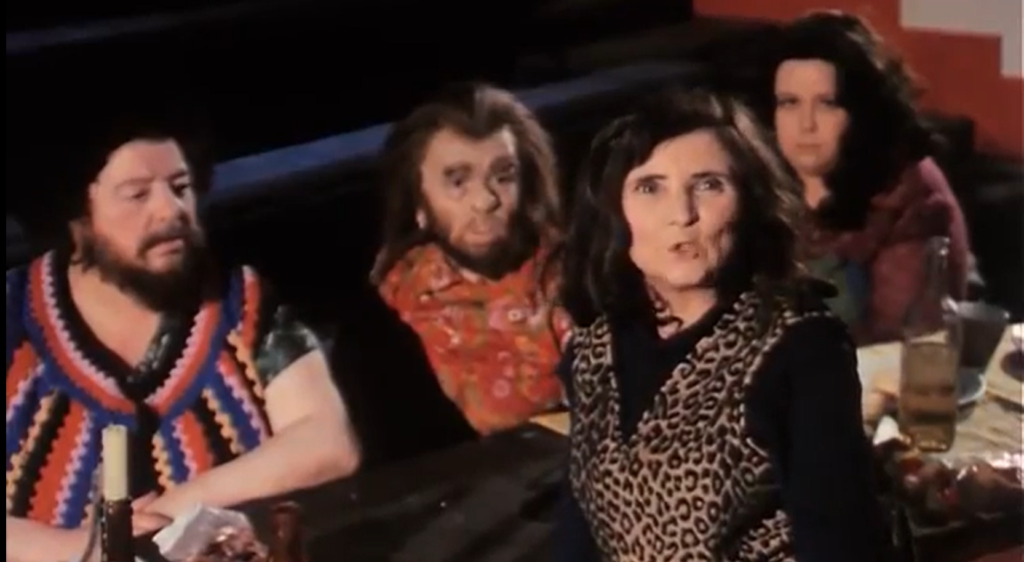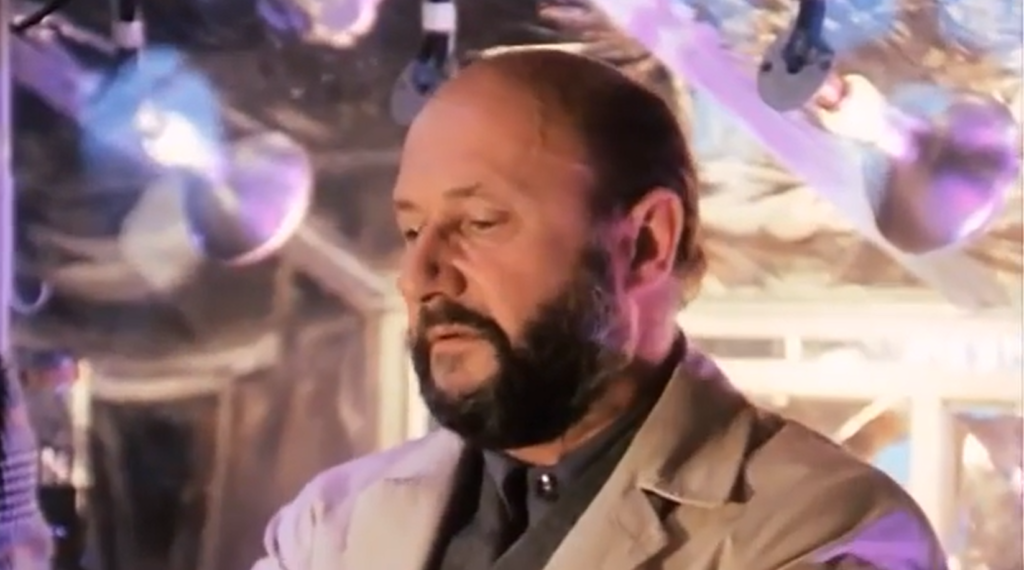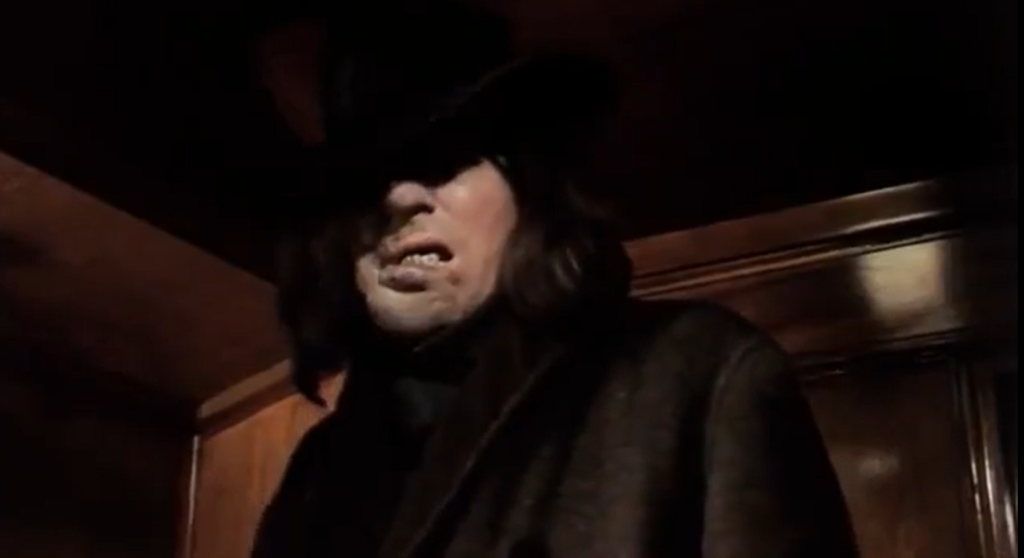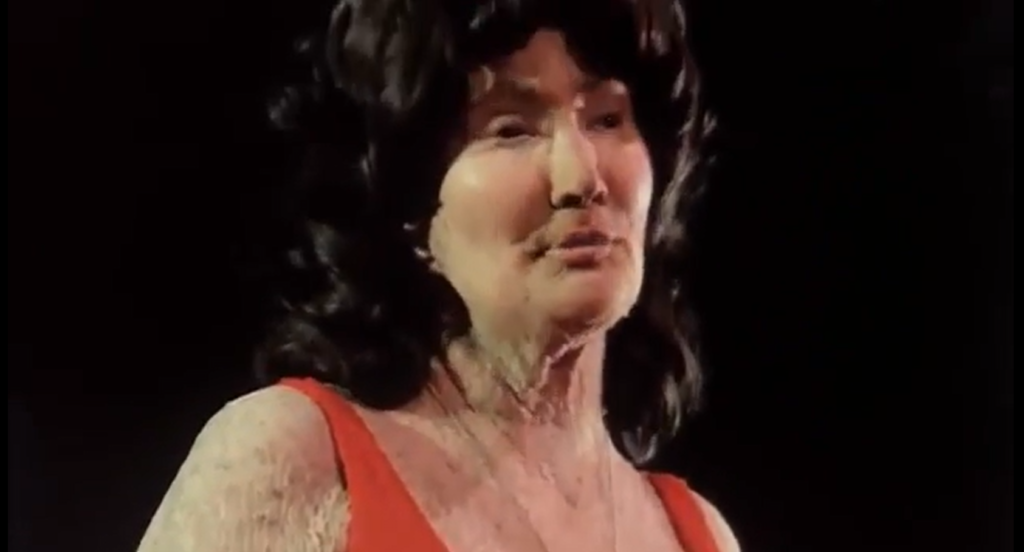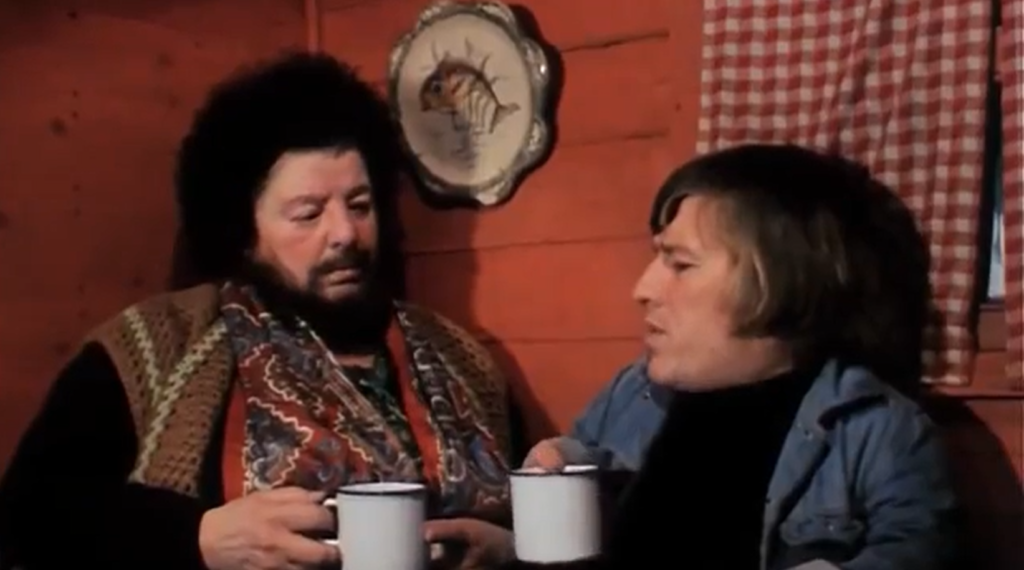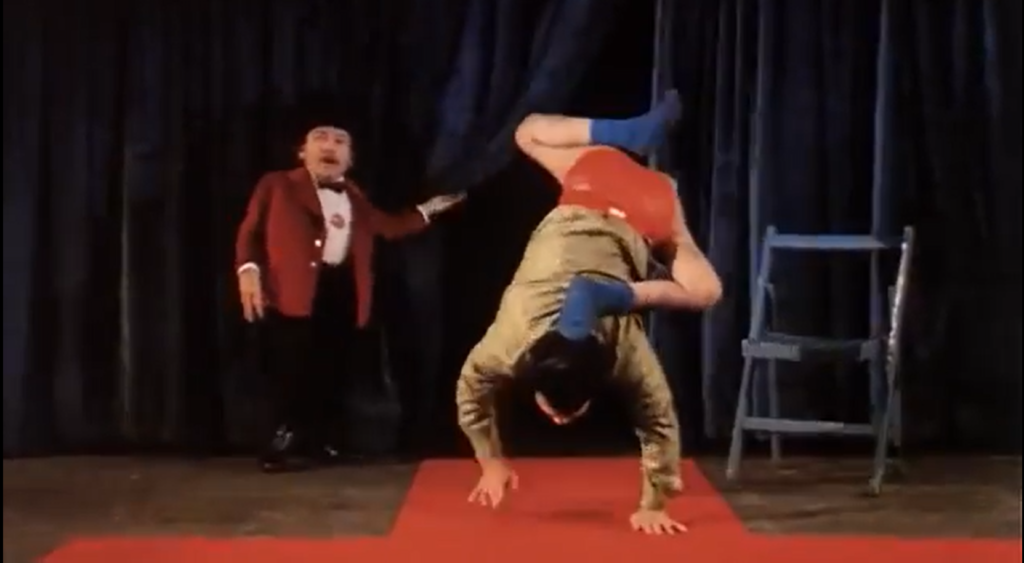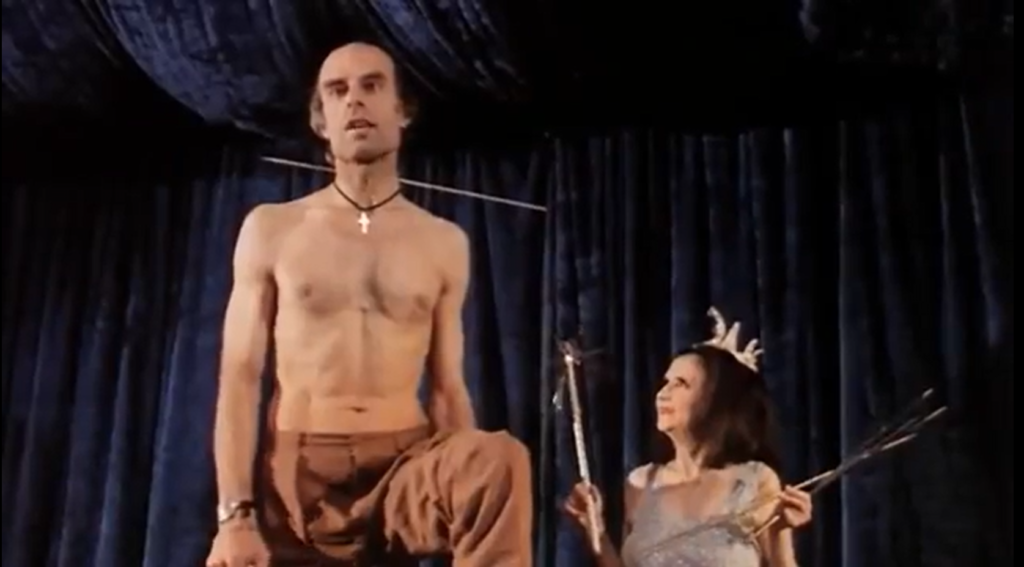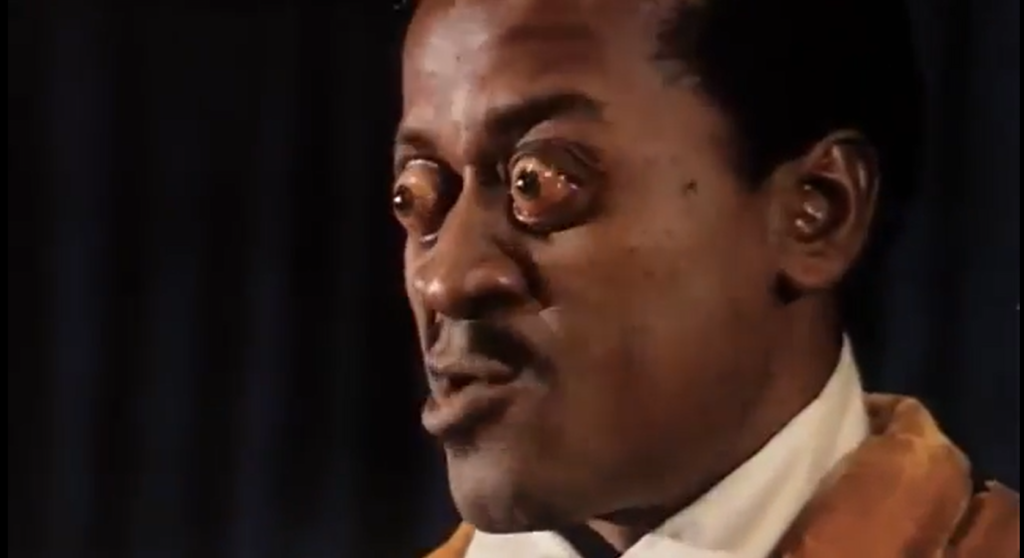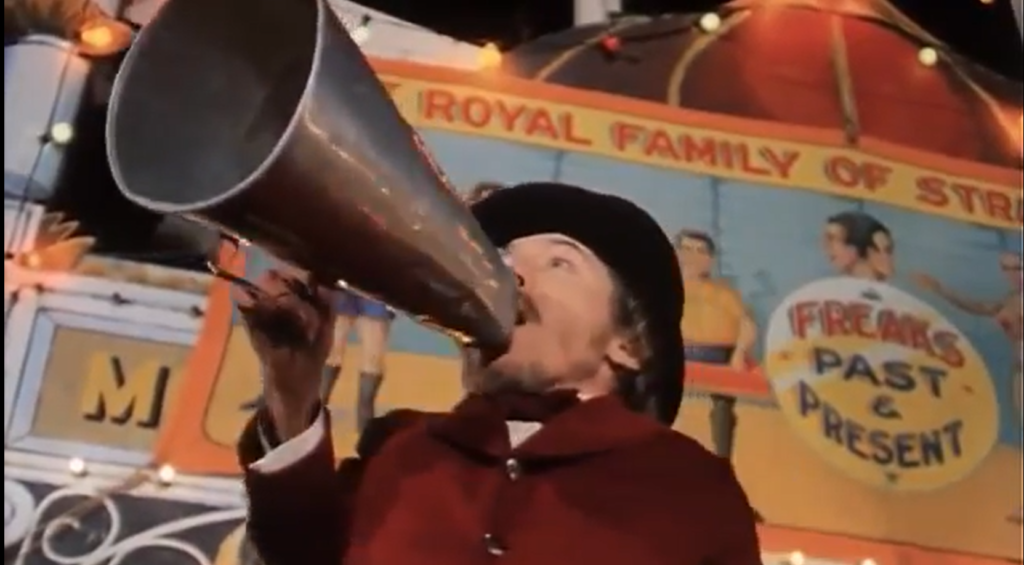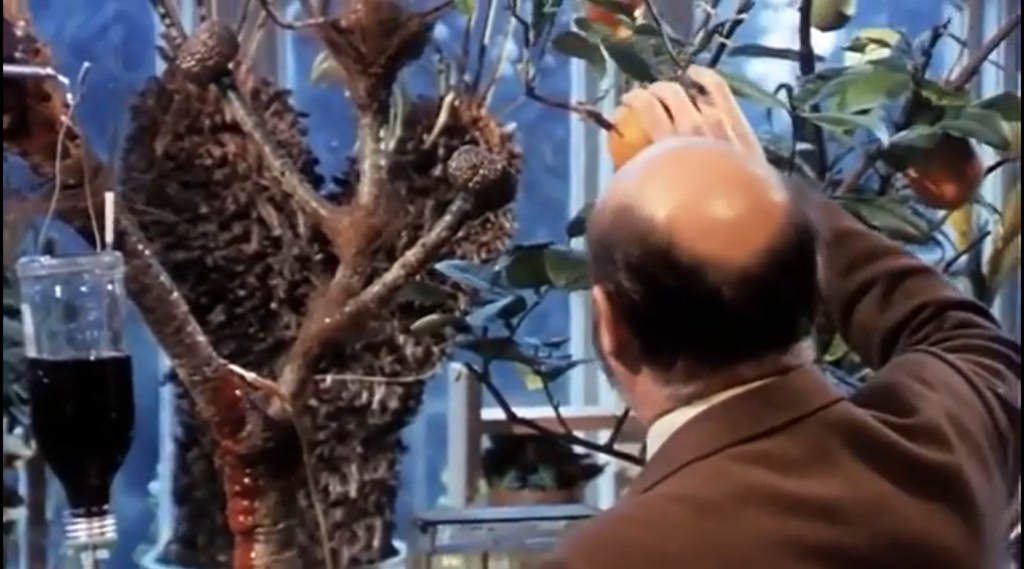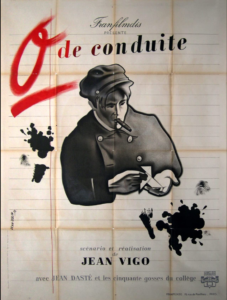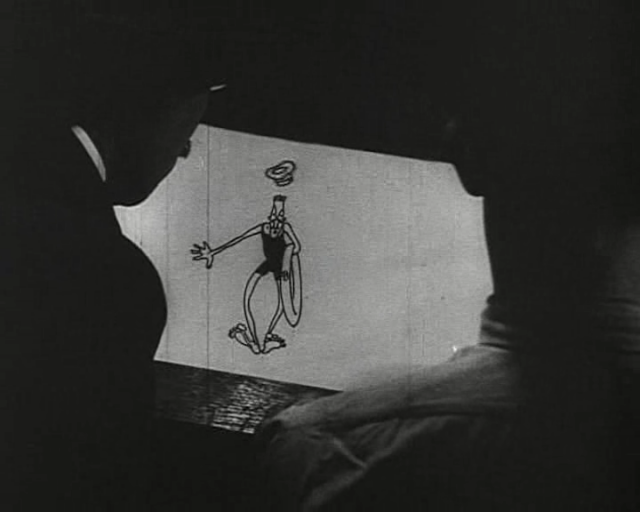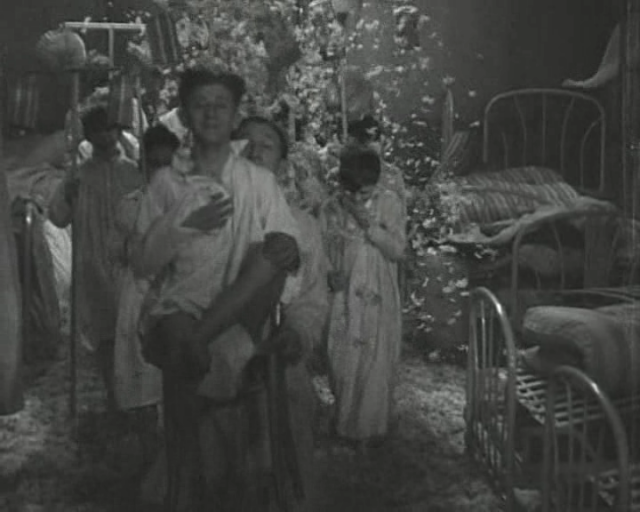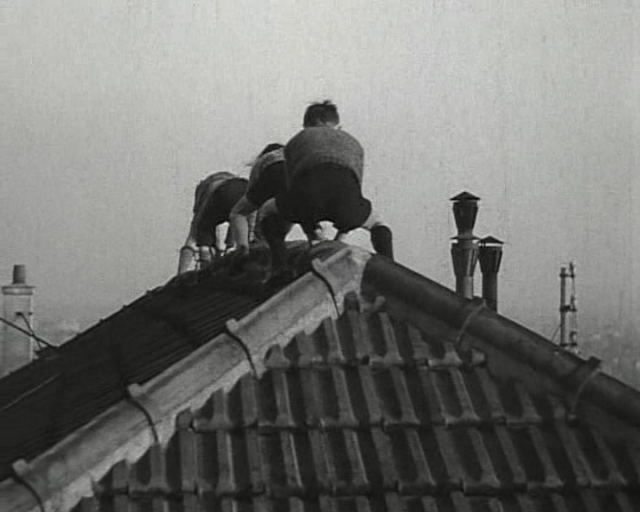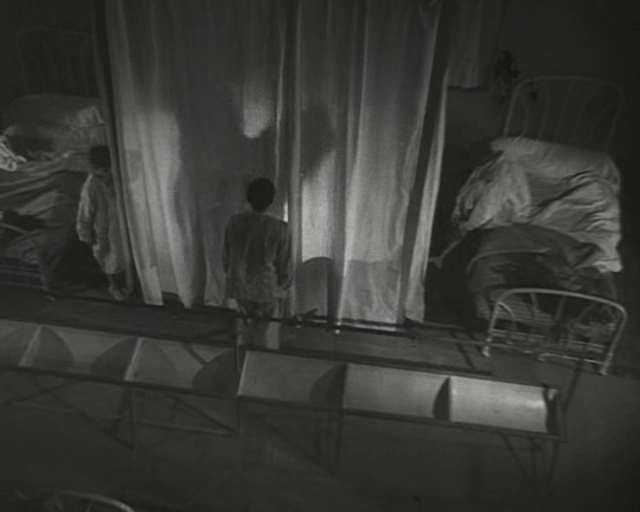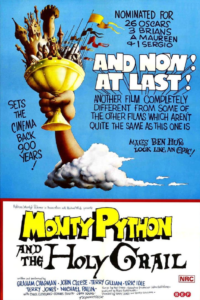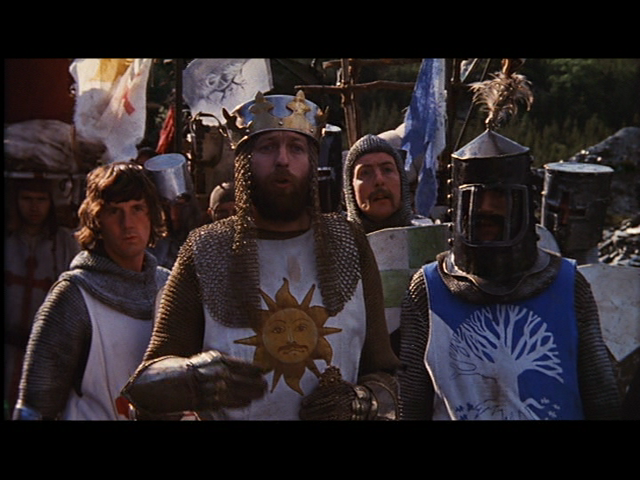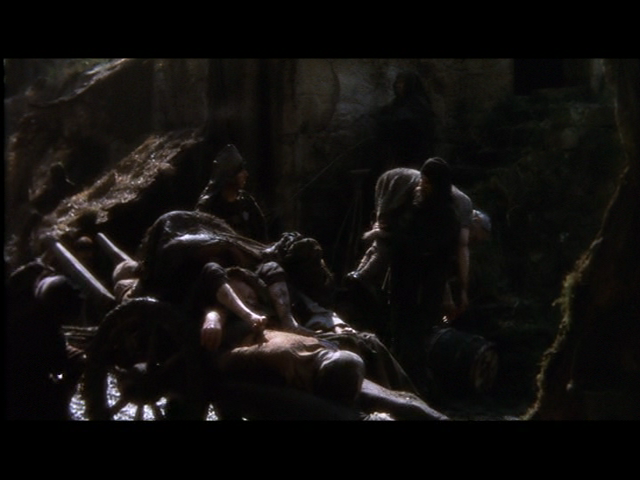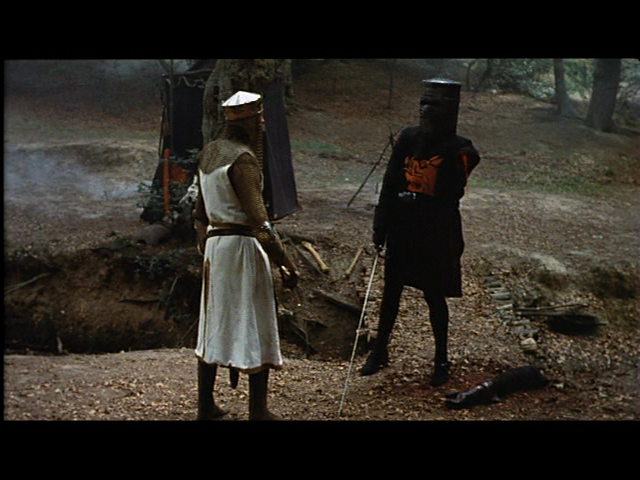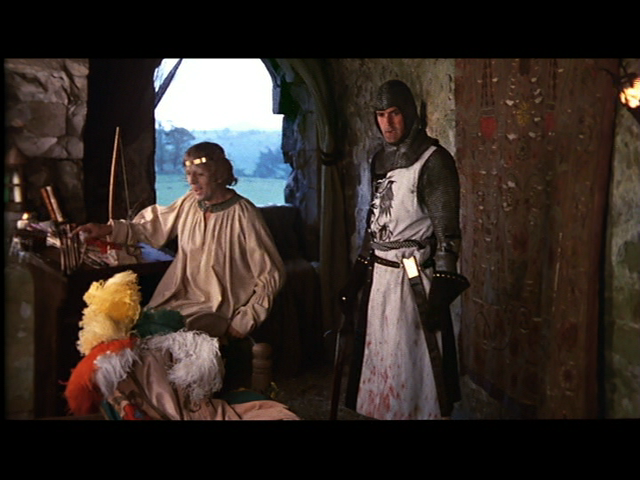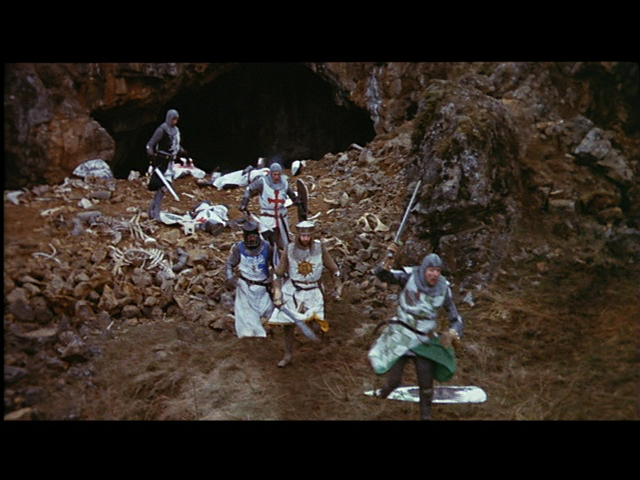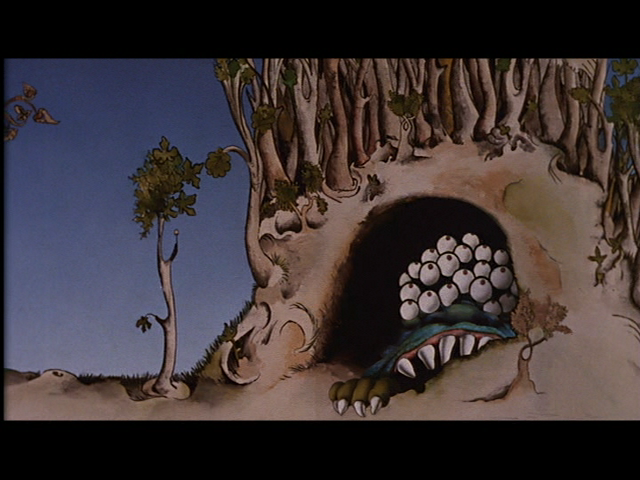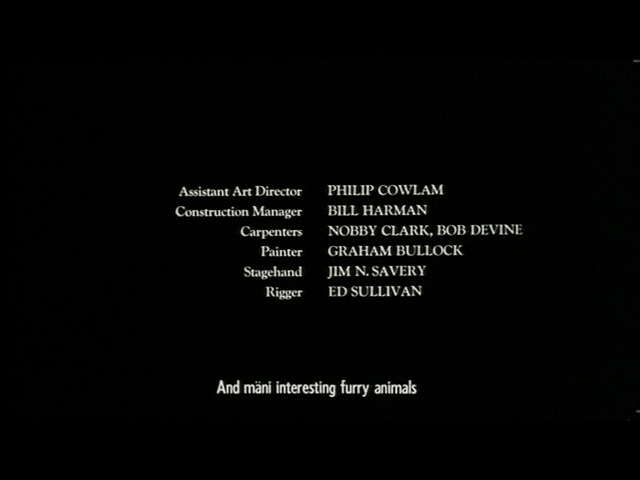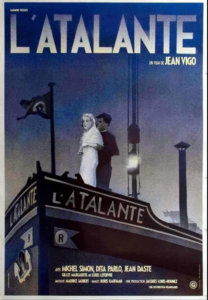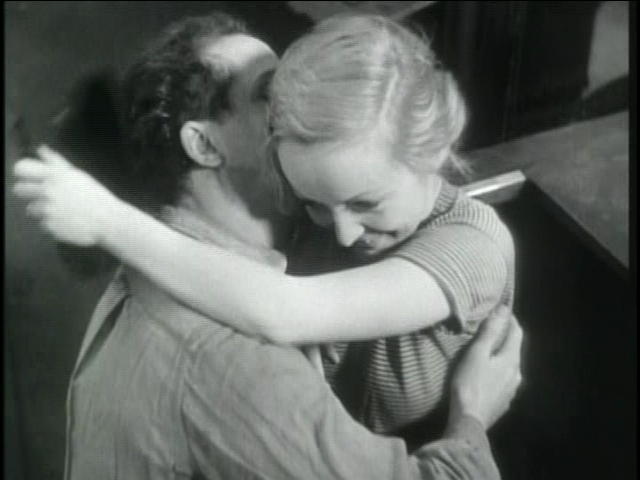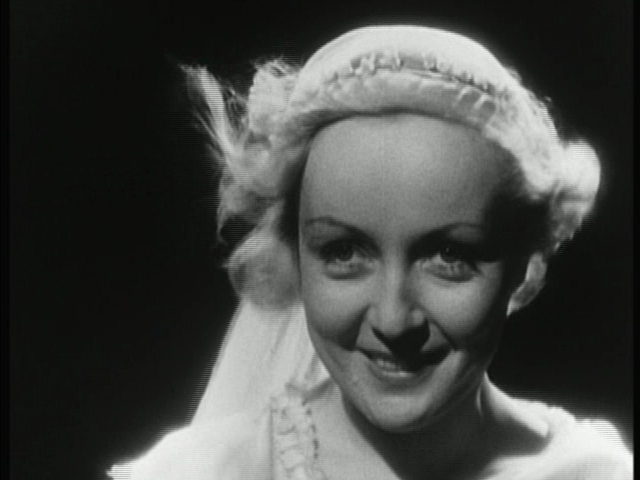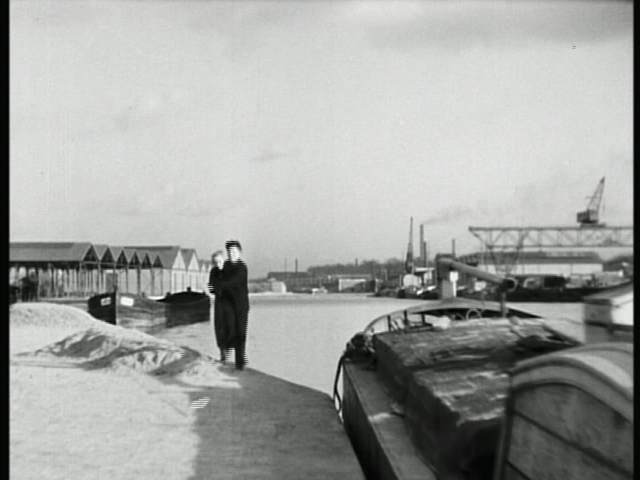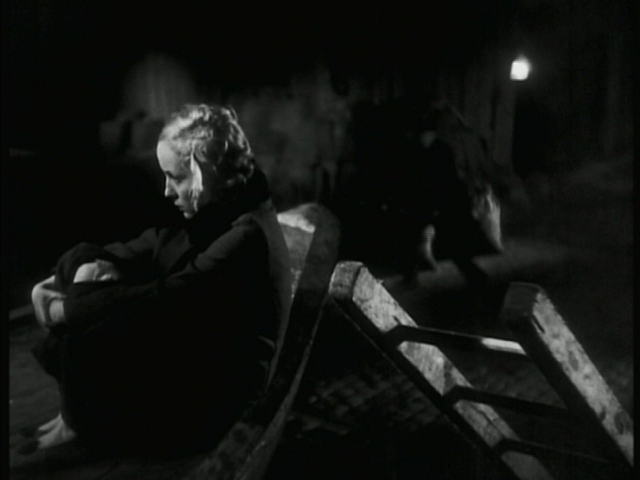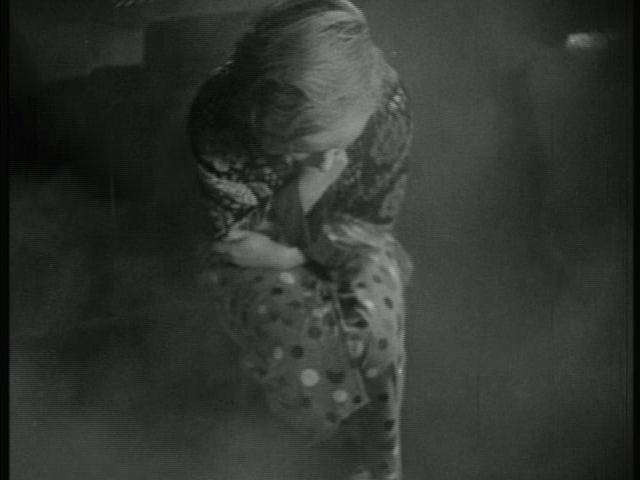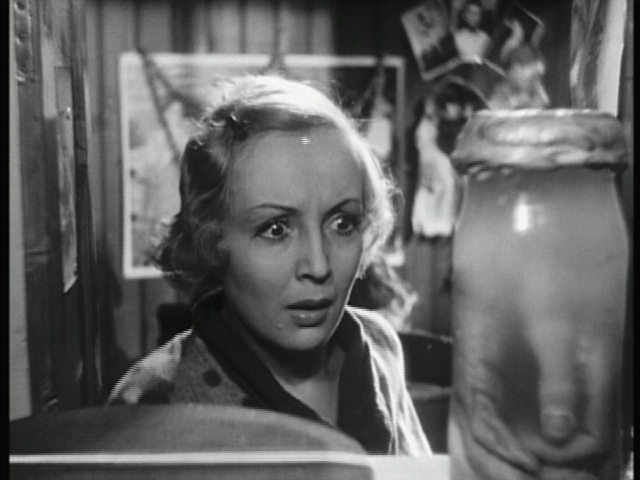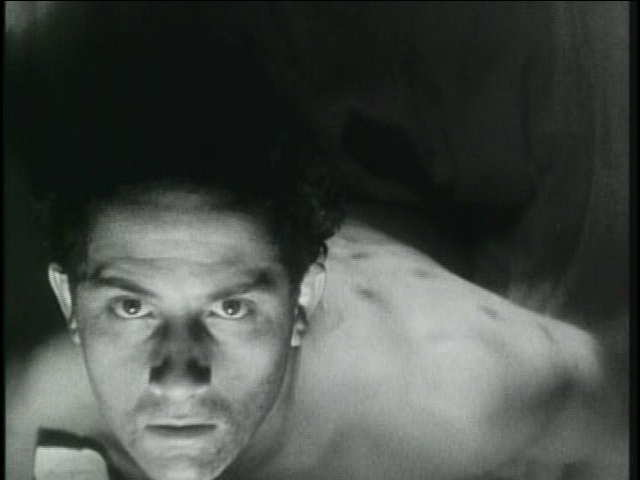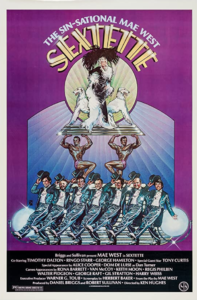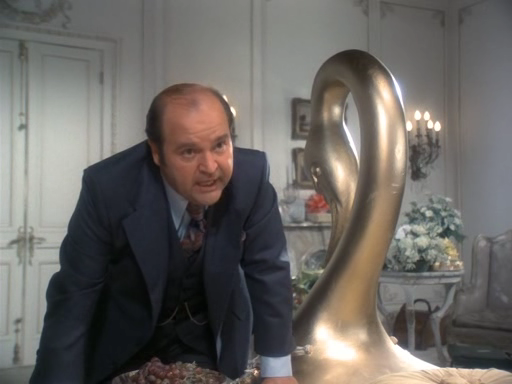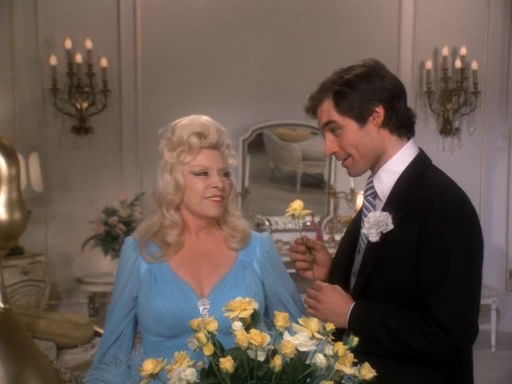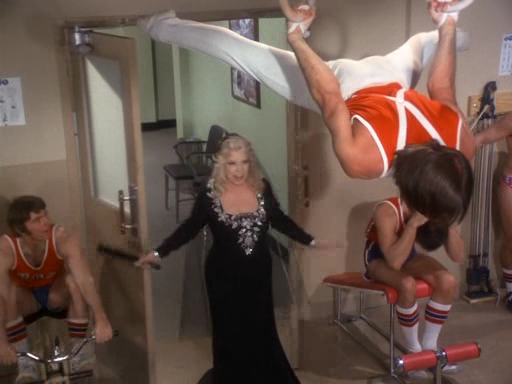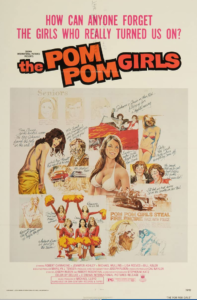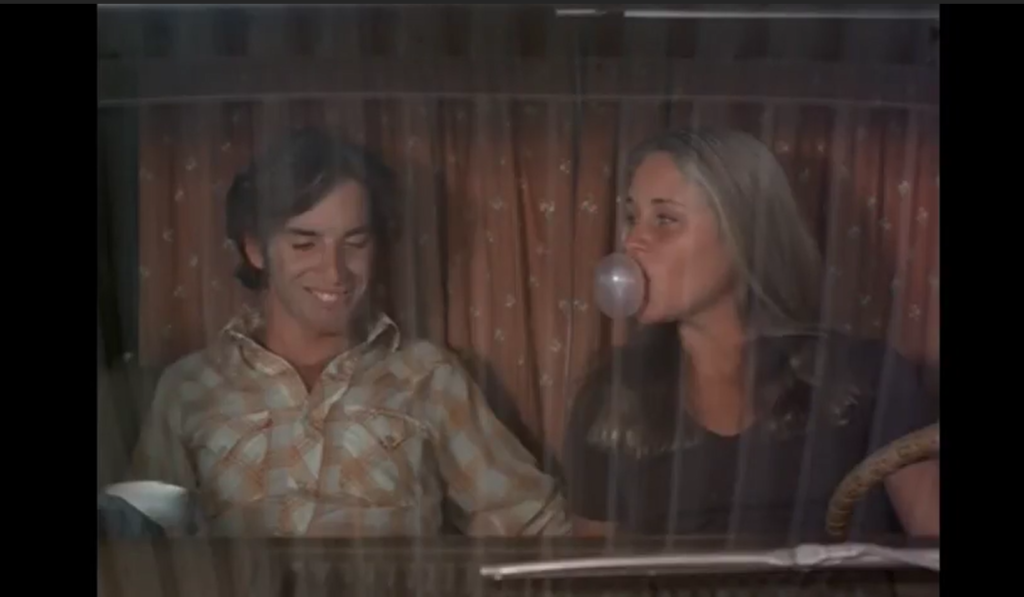Twice Upon a Time (1983)
“The spring is on the loose. We’ve got to get it, and we’ve got to get it now!”
|
Synopsis: |
|
Genres, Themes, Actors, and Directors:
Review: In a creatively surreal twist, the main character (Lorenzo Music, best known as the voice of Garfield) is capable of changing animal-shapes as needed to best suit his situation (his “default” mode is an innocuously bearish-looking fellow); meanwhile, his black-hatted sidekick Mum — true to his name — never says a word, instead simply conducting a steady stream of magic tricks (they’re like a less abrasive, vertically altered version of Penn and Teller). These two hapless but well-meaning souls are thrown willy-nilly into a plot in which a motley crew of would-be heroes and superheroes must save the world from eternal nightmares — with the wry “assistance” of a hilariously no-holds-barred New York Fairy Godmother (“Call me FGM; I hate excess verbiage.”). Despite its overt fairytale leanings, however, this one isn’t necessarily for kids — at least not the version I saw, which is full of surprisingly salty profanity (at one point Botch yells, “So come on, you garlic breathing, garbage sucking dipshits. Move out! I’m not talking tomorrow! Haul ass, you mothers!”) Apparently an alternate, sanitized version was also released, but regardless of which version you locate, the story itself may still be too scary and baroque for kids to fully “get”; it’s ultimately more for adults or adolescents. Read Ward Jenkins’ interview with writer Taylor Jessen for many more details about the making of the film, as well as all the various and sundry reasons for its failure to be released on DVD. For now, you’ll have to catch a rare copy on video or try to search for a streamed version online. Redeeming Qualities and Moments:
Must See? Categories
Links: |
